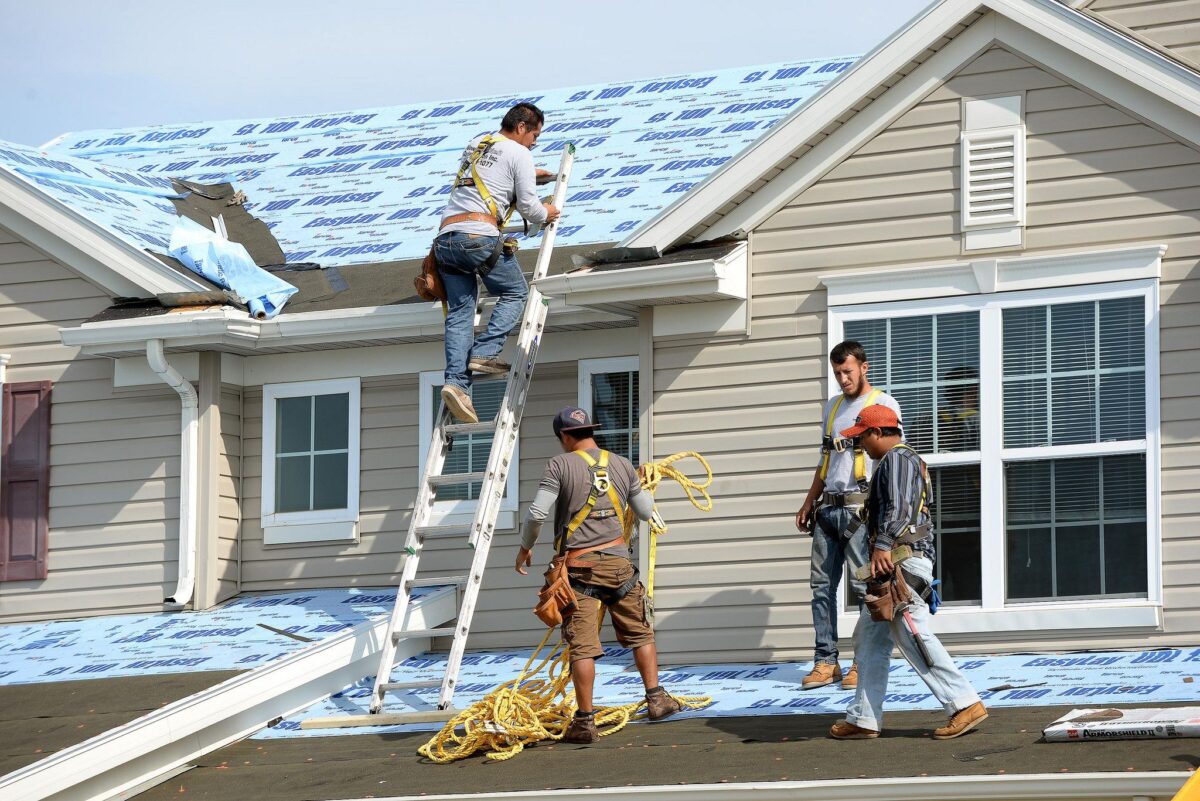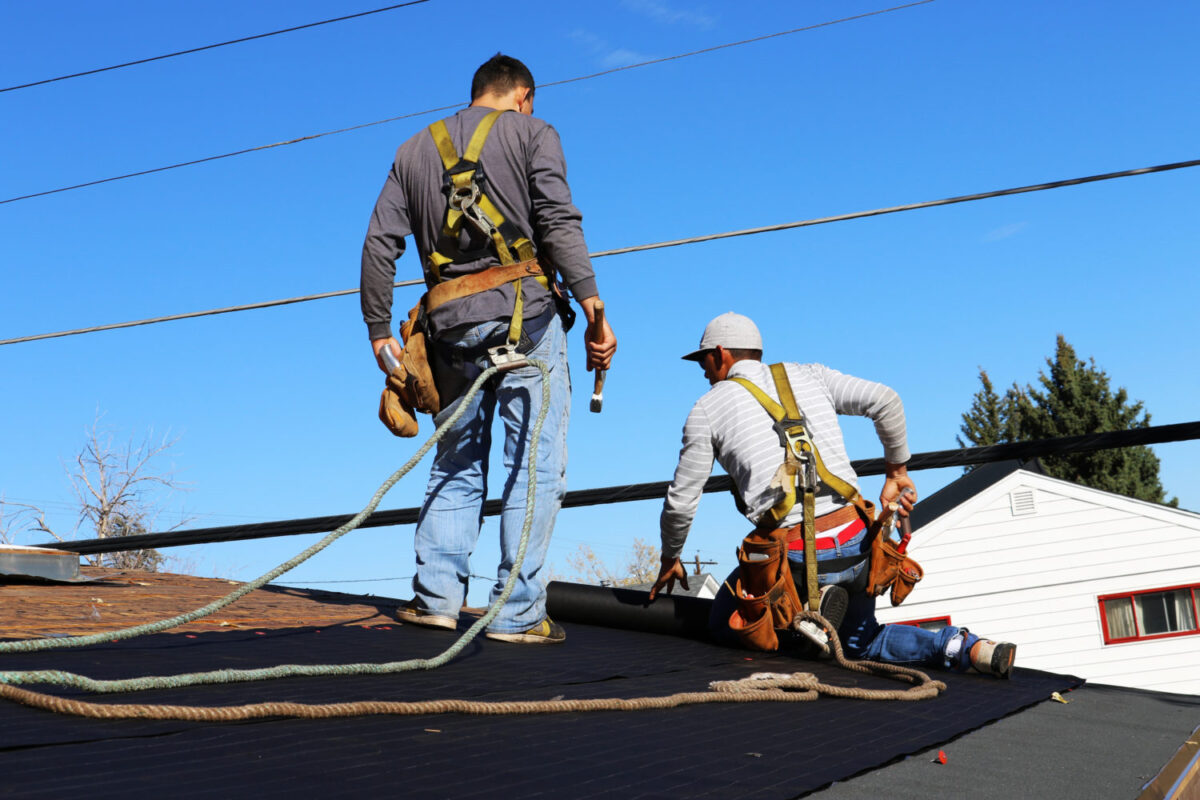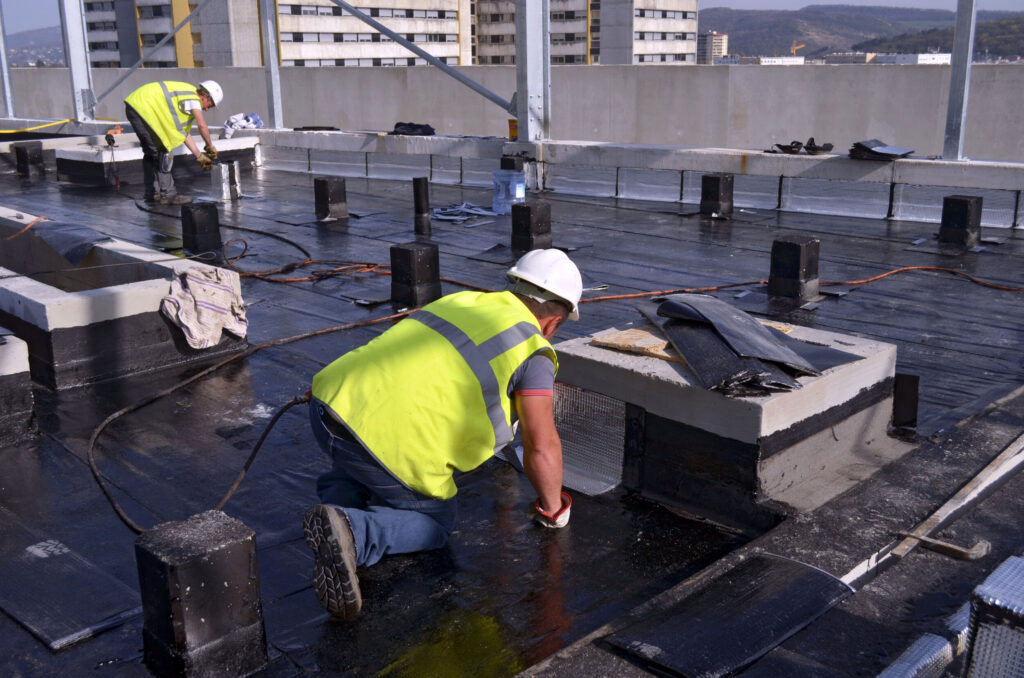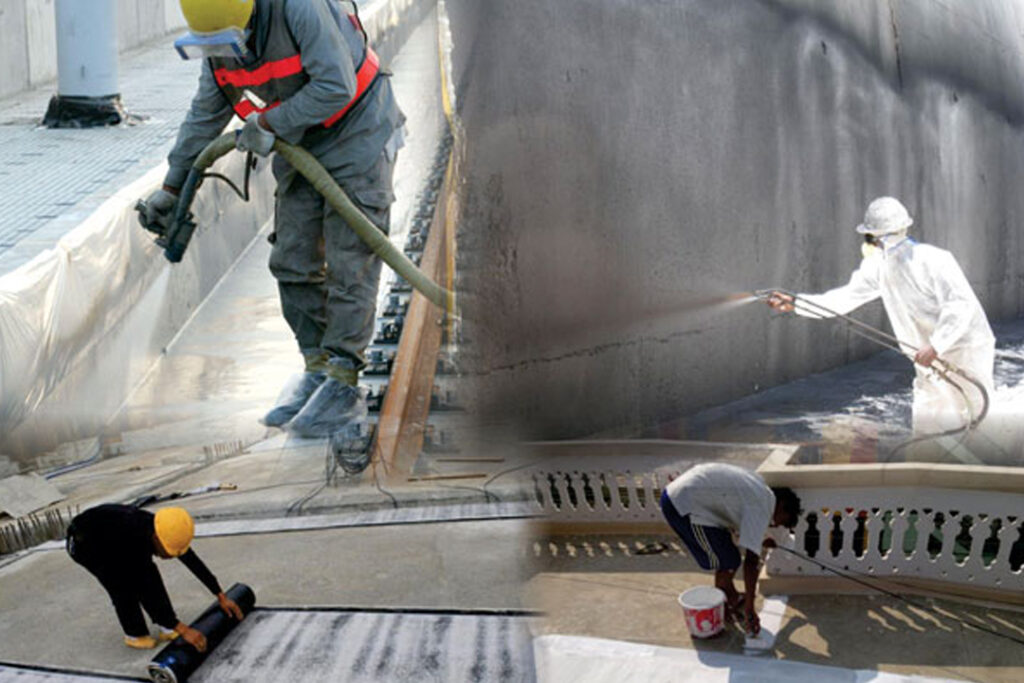When it comes to maintaining your home, the roof is one of the most critical components. It shields you from the elements, enhances curb appeal, and ensures your safety and comfort. But what happens when your roof starts showing signs of wear and tear? This is where Reliance Group NYC steps in. Known for their expertise and dedication, they are a leading roof repair company NYC, specializing in residential and metal roof repairs. Let’s delve into why Reliance Group NYC should be your go-to choice for roof repair services.
Overview of Reliance Group NYC
Reliance Group NYC has built a reputation as a premier roofing company in New York City. With years of experience under their belt, they have honed their skills in providing top-notch roof repair services. Whether it’s a small residential repair or a large-scale commercial project, Reliance Group NYC has the expertise and resources to handle it all. Their team of skilled professionals ensures that each project is completed with precision and care, guaranteeing customer satisfaction.
The Importance of Roof Repair
Ignoring roof damage can lead to severe consequences. From water leaks that cause structural damage to mold growth that affects indoor air quality, the repercussions are vast. Regular roof maintenance and timely repairs are essential to extend the lifespan of your roof, prevent costly replacements, and maintain the integrity of your home.
Types of Roof Repair Services
Residential Roof Repair
Residential roofs come with their own set of challenges. From shingles to tiles, each material requires specific knowledge and expertise. Reliance Group NYC specializes in various residential roof repair services, ensuring your home remains protected and aesthetically pleasing.
Commercial Roof Repair
Commercial roofs are typically larger and more complex than residential ones. They often feature flat or low-slope designs, requiring specialized repair techniques. Reliance Group NYC offers comprehensive commercial roof repair services, addressing issues like ponding water, membrane damage, and thermal stress.
Emergency Roof Repair
Roof emergencies can happen at any time, whether it’s a storm causing sudden damage or an unexpected leak. Reliance Group NYC provides prompt emergency roof repair services, minimizing damage and restoring your roof’s integrity swiftly.
Residential Roof Repair Services
Residential roofs face various issues, from missing or damaged shingles to leaks and ventilation problems. Over time, exposure to weather elements can cause significant wear and tear, necessitating timely repairs to avoid further damage.
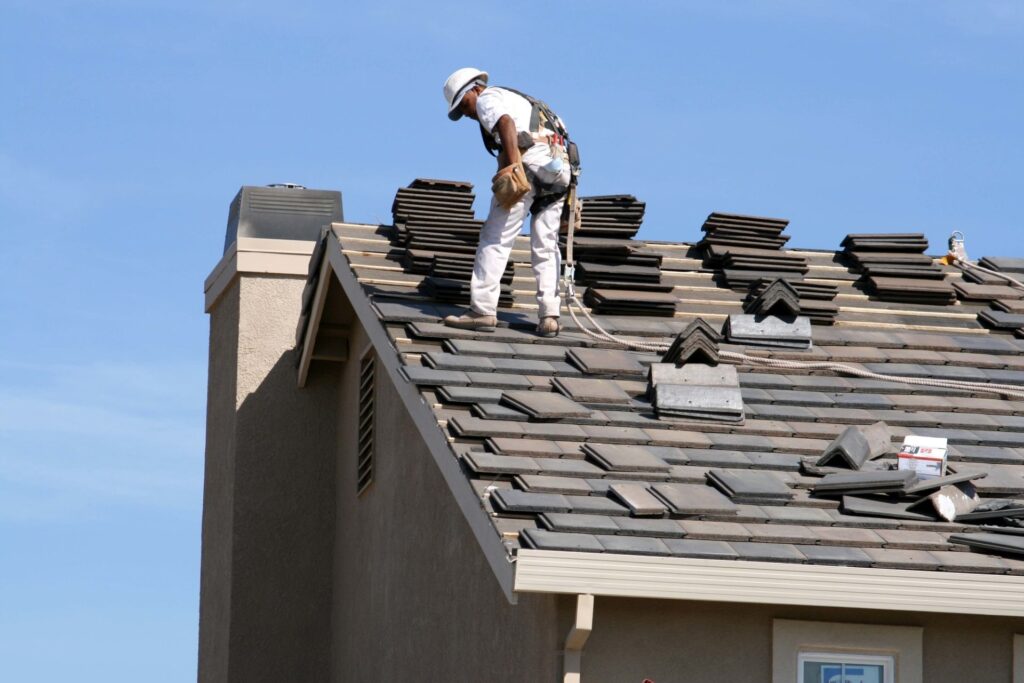
Benefits of Timely Residential Roof Repair Services NYC
Addressing roof issues promptly can save you a lot of hassle and money. Timely repairs prevent minor problems from escalating into major issues, extend the lifespan of your roof, and enhance the overall value of your home.
Choosing the Right Roof Repair Company
Selecting the right company for your roof repair needs is crucial. Look for a company with a solid reputation, positive customer reviews, and a portfolio of completed projects. Reliance Group NYC ticks all these boxes, making them a reliable choice for residential roof repairs.
Metal Roof Repair Company NYC
Metal roofs are known for their durability, energy efficiency, and aesthetic appeal. They can withstand harsh weather conditions and require less maintenance compared to other roofing materials. However, they still need occasional repairs to maintain their longevity.
Common Metal Roof Problems
Despite their durability, metal roofs can face issues like corrosion, loose panels, and leaks. Addressing these problems requires specialized knowledge and techniques that Reliance Group NYC’s experts possess.
Why Choose a Specialized Metal Roof Repair Company?
Repairing metal roofs is not a task for the average handyman. It requires specialized tools and expertise to ensure the repairs are done correctly. Reliance Group NYC has a team of specialists who are trained to handle all types of metal roof repairs, ensuring long-lasting results.
Reliance Group NYC’s Approach to Roof Repair
- Comprehensive Inspection Process
Reliance Group NYC begins each project with a thorough inspection. This step is crucial to identify all potential issues and develop an effective repair plan. Their detailed inspections ensure that no problem goes unnoticed, providing peace of mind to homeowners.
- Advanced Repair Techniques
Utilizing the latest repair techniques and technologies, Reliance Group NYC ensures high-quality workmanship. They stay updated with industry advancements to provide the best solutions for their clients.
- Quality Materials Used
The durability of roof repairs largely depends on the materials used. Reliance Group NYC sources only the best materials, ensuring that repairs withstand the test of time and weather conditions.
Why Choose Reliance Group NYC?
- Experience and Expertise
With years of experience in the roofing industry, Reliance Group NYC has developed a deep understanding of various roofing systems because it’s a best metal roof repair company nyc and repair techniques. Their expertise ensures that every project is handled with the utmost professionalism.
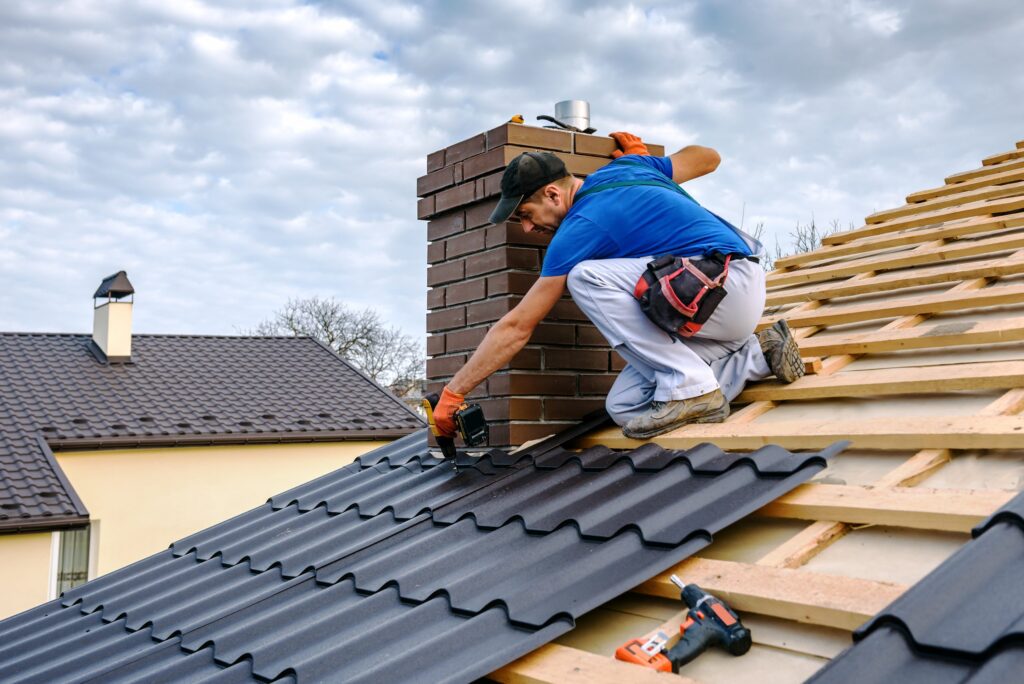
- Customer-Centric Approach
Reliance Group NYC places a strong emphasis on customer satisfaction. They work closely with clients to understand their needs and provide tailored solutions. Their customer-centric approach has earned them a loyal client base.
- Affordable and Transparent Pricing
Roof repairs can be expensive, but Reliance Group NYC offers competitive pricing without compromising on quality. Their transparent pricing model ensures that clients are aware of all costs upfront, with no hidden fees.
Conclusion
Reliance Group NYC stands out as a top choice for roof repair services in New York City. Their commitment to quality, customer satisfaction, and expertise in both residential and metal roof repairs make them a reliable partner for all your roofing needs. Don’t wait until small issues become major problems. Trust and Contact Reliance Group NYC to keep your roof in perfect condition.

